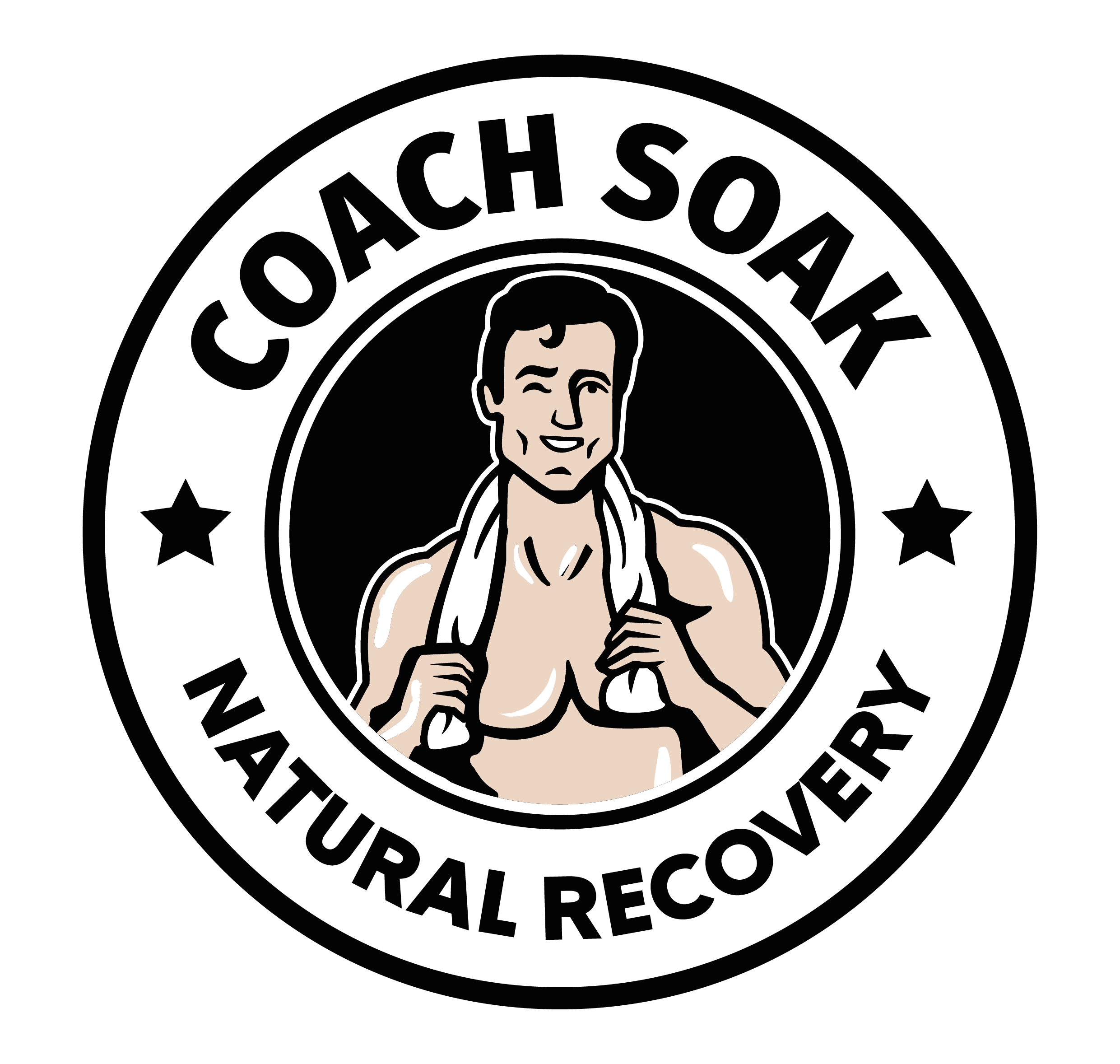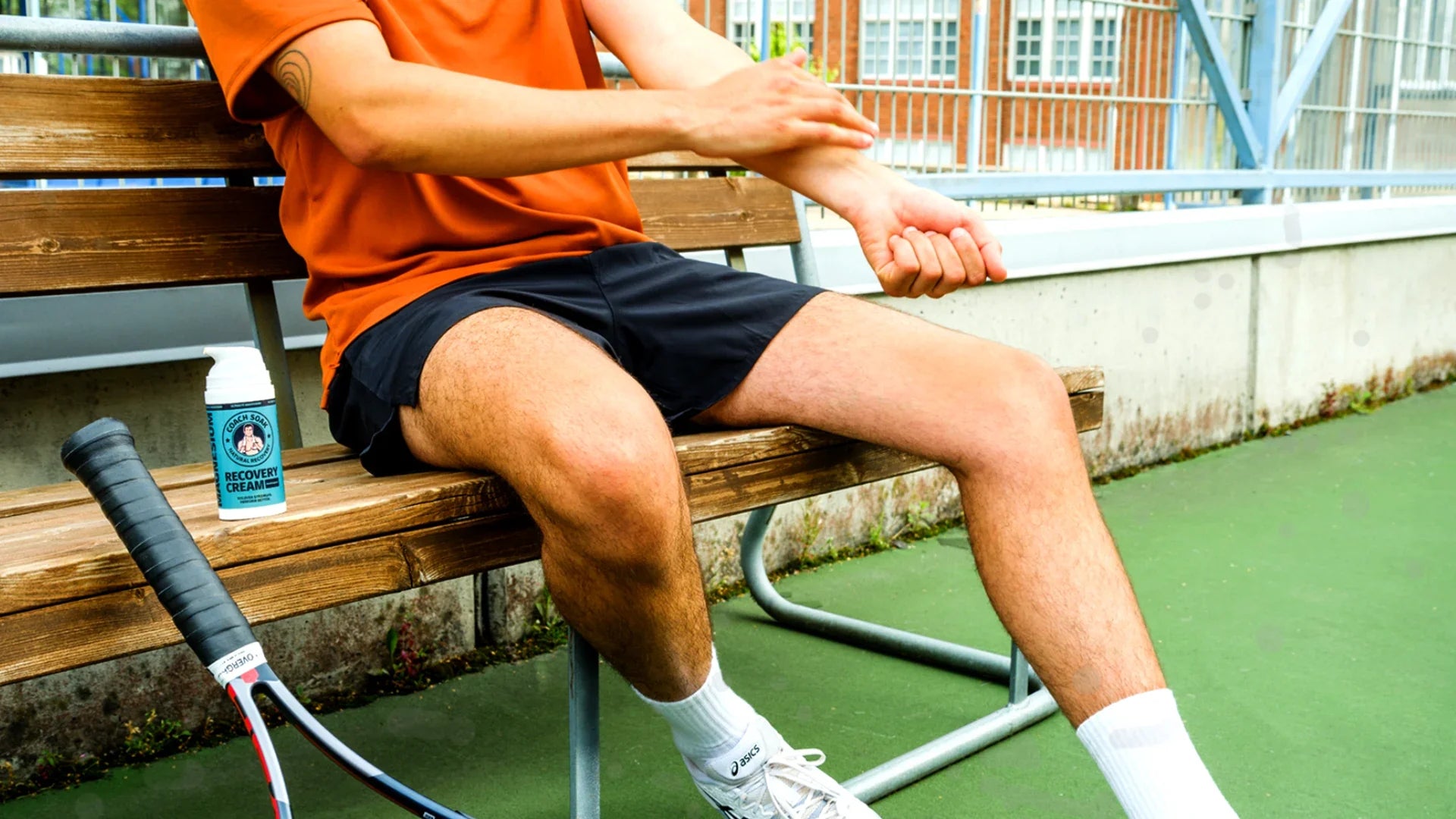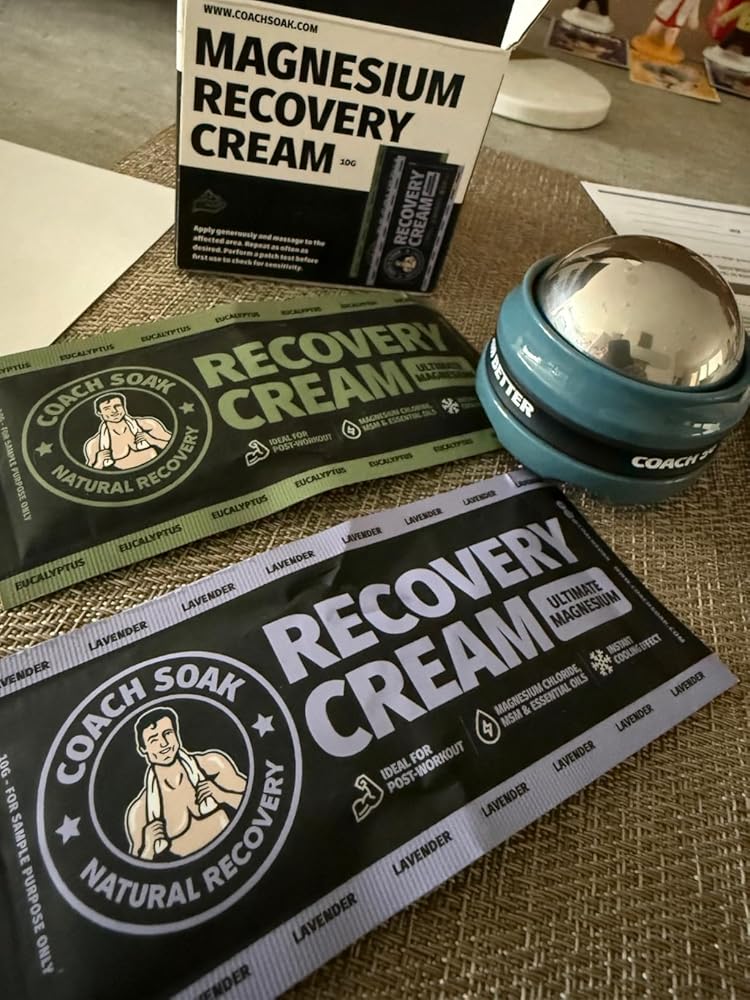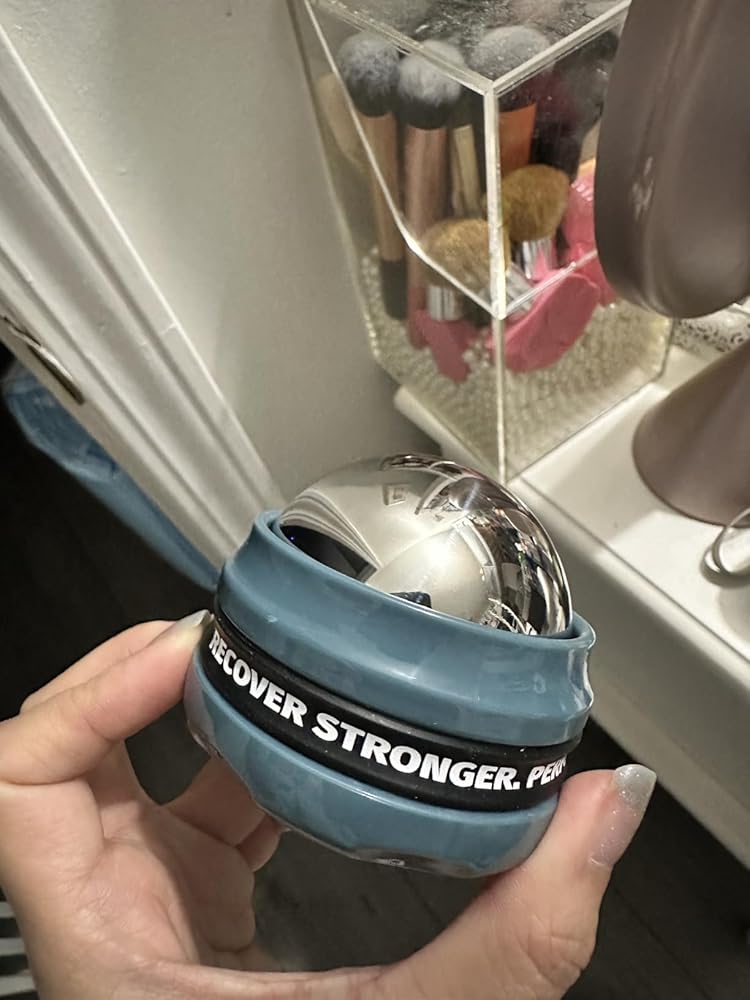Leg cramps are sudden, involuntary muscle contractions often caused by factors like dehydration, muscle fatigue, and electrolyte imbalances from intense activity. You can help manage them through consistent hydration, regular stretching, and dedicated recovery routines. For immediate relief, gentle stretching and massaging the affected muscle can provide comfort.
It’s a feeling almost every athlete knows. You’re in the middle of a great run, finishing a tough workout, or even resting hours later, and suddenly, it hits—that sharp, seizing sensation in your calf or hamstring that stops you in your tracks. A leg cramp can be frustrating and uncomfortable, a stark reminder of the hard work your muscles have put in. While they are a common part of an active life, understanding what’s behind them is the first step toward making them a less frequent interruption to your training and recovery.
What's Really Happening When Your Leg Cramps?
The Anatomy of a Cramp
Imagine your muscle suddenly deciding to tighten into a hard knot, all on its own. That’s essentially what’s happening during a leg cramp. It’s a powerful, involuntary contraction that can last from a few seconds to several minutes, leaving the muscle feeling tender even after it subsides. For athletes, it’s often that notorious 'charley horse' that brings a great training session to an abrupt halt.
Common Culprits Behind the Discomfort
This intense sensation isn't random; it's your body sending a signal. Think of it as feedback on your training and recovery routine. Often, the reasons are tied directly to the demands of an active lifestyle—things like how much you're drinking, how hard you're pushing, and how you prepare your muscles for the work ahead. A little attention to these details can make all the difference.
Your Game Plan for Preventing Leg Cramps
Dehydration and Electrolyte Imbalance
When you're giving it your all, your body sweats to cool down. That sweat isn't just water; it’s also full of essential minerals like sodium and potassium. If you don't replenish what you've lost, your muscles can have a hard time communicating properly, sometimes leading to those sudden cramps. Staying hydrated is about more than just quenching your thirst; it's about giving your muscles the fuel they need to perform and recover.
Muscle Fatigue and Overexertion
Pushing your limits is how you get stronger, but it also leads to muscle fatigue. When your muscles are overworked and tired, they are much more likely to cramp up, either during the activity or even hours later. This isn't a sign to stop pushing yourself, but rather a cue to become smarter about your recovery and listen to your body’s need for rest.
The Importance of a Good Warm-Up and Cool-Down
Think of your muscles like rubber bands. If you try to stretch a cold one too quickly, it can snap. Warming up properly prepares your muscles for the work ahead, making them more pliable and resilient. Likewise, a cool-down helps ease them out of a high-intensity state, supporting the transition from work to rest and helping to keep them from tightening up later on.
How to Stop a Leg Cramp in Its Tracks
Gently Stretch the Muscle
When a cramp strikes, the most immediate thing you can do is gently encourage the muscle to lengthen. If the cramp is in your calf, try carefully pulling your toes up toward your shin to stretch it out. For a hamstring cramp, sitting on the floor and extending the affected leg while leaning forward can help. The key is to move slowly and hold the stretch without bouncing—you’re just coaxing the muscle to relax.
Apply Light Pressure
While you are stretching, using your hands to apply gentle, steady pressure to the tight knot can also provide some comfort. A light massage can help soothe the tense area and encourage the muscle to soften up. As always, listen to your body and only do what feels right.
Soothe with Gentle Warmth
After the worst of the cramp has subsided, the muscle might still feel tender. Applying some gentle warmth can be incredibly comforting. A warm towel can do the trick, or you can make a note to treat your tired muscles to a full, soothing soak with Dead Sea magnesium chloride flakes later on. It’s a great way to help the entire area relax and unwind after a moment of intensity.
When a Leg Cramp Is More Than Just a Cramp
Listening to Your Body's Cues
Occasional leg cramps are a familiar part of an active life, often linked to a tough workout or a long day. However, it's always important to be mindful of your body's signals. Pay attention if cramps become unusually frequent, extremely severe, or start happening without any clear reason like recent exercise. Your body is excellent at communicating, and recognizing a change in pattern is the first step in understanding what it might be telling you.
When to Chat with a Professional
While a good recovery routine can support your muscles, it’s not a replacement for professional guidance. If your leg cramps are persistent, causing you significant discomfort, or you have any concerns, it's always a good idea to speak with a doctor or a physical therapist. They can help you understand the full picture and ensure you have the best support for your specific needs, allowing you to get back to your training with confidence.
